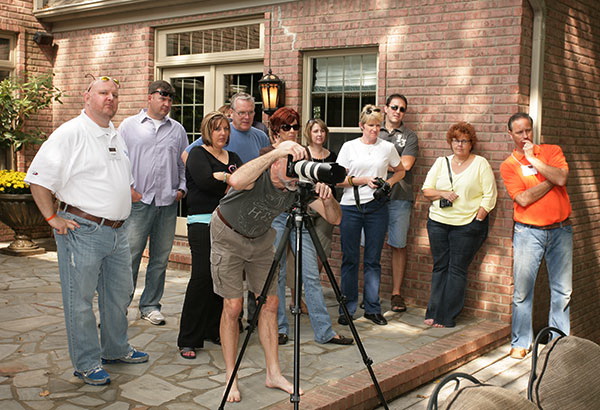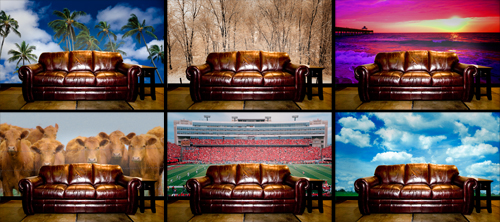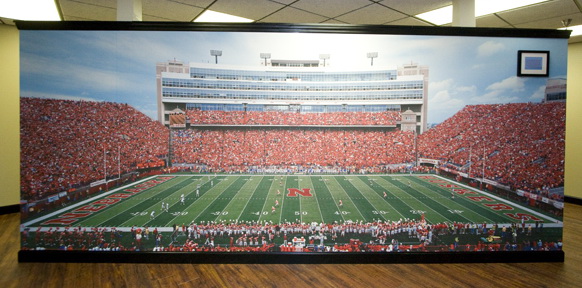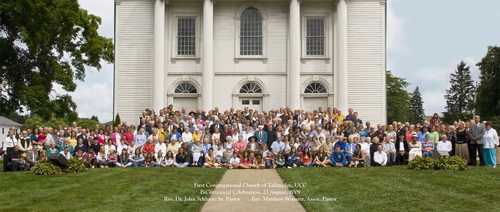By Eileen Fritsch

At PhotoPlus Expo, which opens Oct. 22 in New York, many sessions will help photography professionals adapt to the changing economics of the photography business. Some sessions will explain how to branch out into new fields such as weddings, portraiture, cinematography, or fine-art photography. Other sessions will talk about different marketing channels and techniques, including websites, social networks, personal branding, photo books, and selling stock direct. It will be a very timely conference, and I expect to return with many new ideas and sources of helpful information.
Many of the business diversification and marketing themes at PhotoPlus Expo dovetail nicely with the content I’m developing for future issues of LexJet’s In Focus newsletter. If you’re not familiar with In Focus, check out the current issue and explore the archives.
One of the main editorial goals of In Focus is to help photography professionals find ways to generate new revenues, especially by doing more with the pro-model Canon, Epson, and HP printers they purchase from LexJet.
For example, for the most recent issue of In Focus, I profiled David Humphreys an accomplished, Addy-award-winning commercial photographer who runs the Fabphotos studio in Baton Rouge, LA. He owns both an HP Designjet Z3100 and an Epson Stylus Pro 9900 and uses a variety of materials from LexJet, including LexJet Sunset Select Canvas, Sunset Coatings, and Sunset Photo eSatin Paper.
His primary business is high-end product photography for corporate clients, publications, and organizations. But he also markets décor prints online through The Carlysle Collection and creates one-of-a-kind, photo-collage prints that he sells through fine-art galleries. And with connections he made through the gallery, he has started making prints and limited-edition reproductions for artists and other photographers.
Although this diversification has helped his photography business, Humphreys says it does require almost constant attention to marketing, including learning more about new markets for your work, finding ways to differentiate yourself, and producing and promoting high-quality work that people will gravitate to.
During the transition from film to digital photography, Humphreys says he invested a lot of time and money in researching and buying new equipment. Now he is focusing on generating more revenues with the equipment he already owns—including his printers.
“I used to send all my work to a lab,” says Humphreys. “But now I not only print 95% of my own work, but I also do high-end printing for other photographers and artists.” When he shoots products for commercial clients, he will sometimes print banners and displays for them as well.

As printing has become a more important part of his business, Humphreys relies on LexJet for continuing advice and support (which is partly why we publish In Focus).
“I feel like I can call my rep Darren Vena any time, ask him questions, and have him research different types of materials for me,” says Humphreys. “The information LexJet shares with its customers is a wonderful thing.”
If you’d like to learn more about how to get more from your printer, call a LexJet account specialist for more details at 800-453-9538 or subscribe to LexJet’s In Focus newsletter.
In addition to the In Focus article, Finding New Markets for Photography Talents, you may also be interested in the article that describes Fantastic Deals on New Printers Through Oct. 31.










